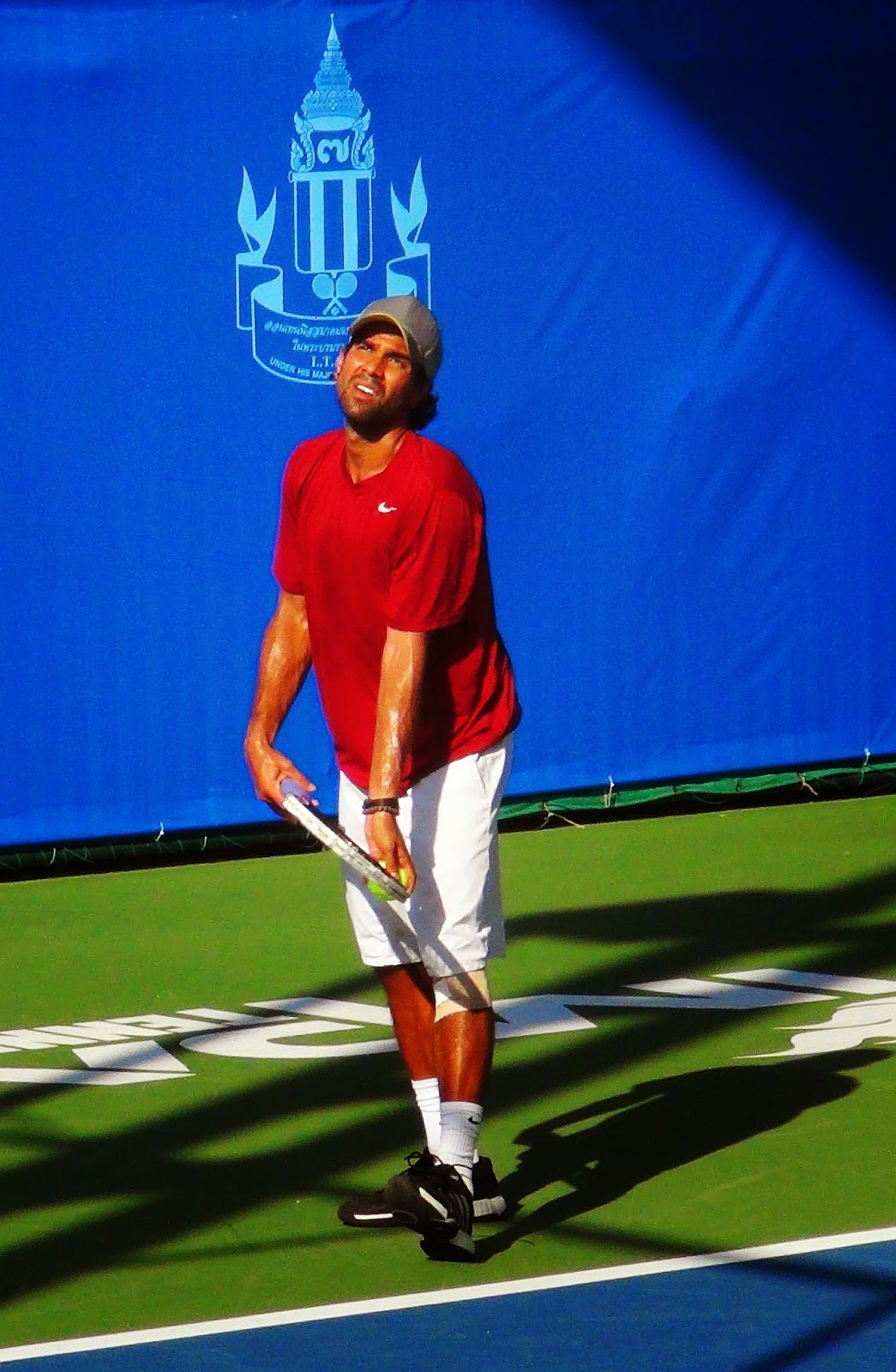TIMING - WHAT IS IT AND HOW DO YOU ACHIEVE IT?

The right foot supplies timing and energy for this open stance forehand DESCRIPTION Good timing is essential in every sport. Timing can involve swinging an object at a ball, such as a tennis racquet or golf club, or, in football, you must achieve timing in your leg and foot to kick the ball successfully. Timing is also essential when throwing something. When throwing a basketball, you use a wrist action, and skilled players can throw half the length of the court with ease. For the ball to cover that distance, something else must assist the wrist. Wrists can't function that efficiently without the help of good timing. But what exactly is timing, and how is it achieved? If you are like most tennis players, you know when you have timed the shot well (or not) but are not sure what occurred for you to achieve it. How can you re-create perfect timing without knowing how you achieved good timing? Timing involves the successful synchronisation of Ground energy into the








